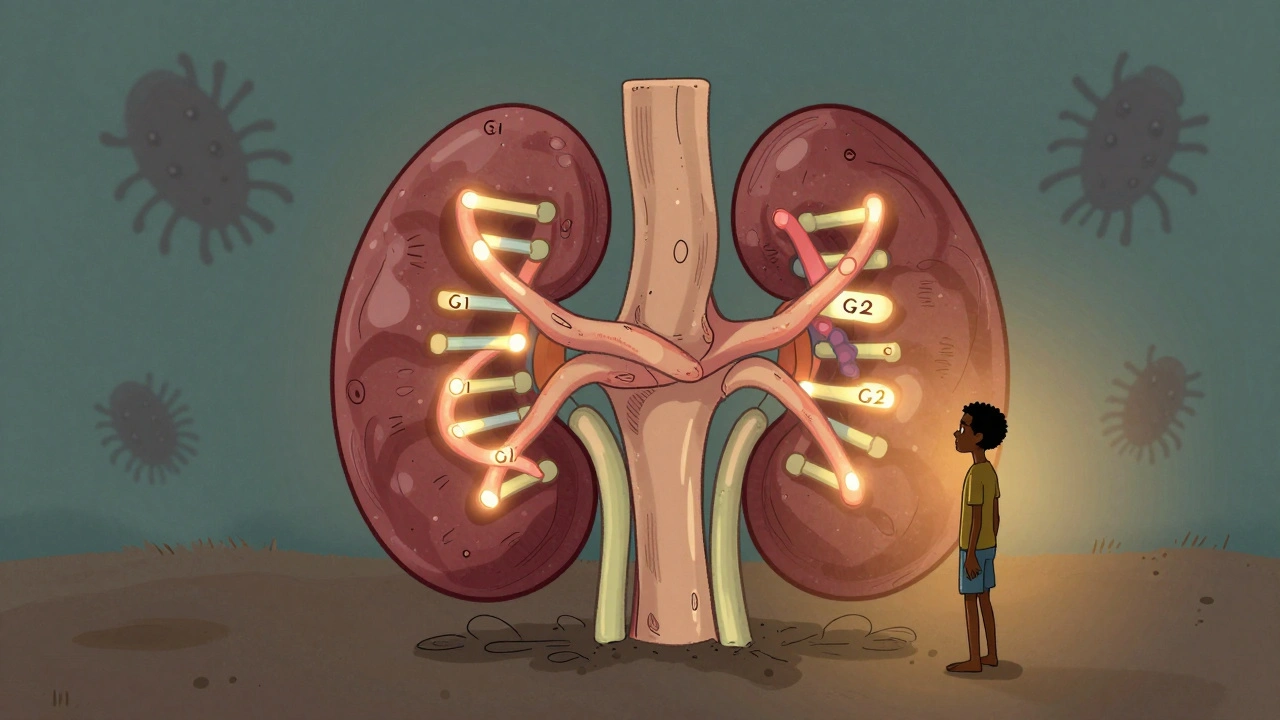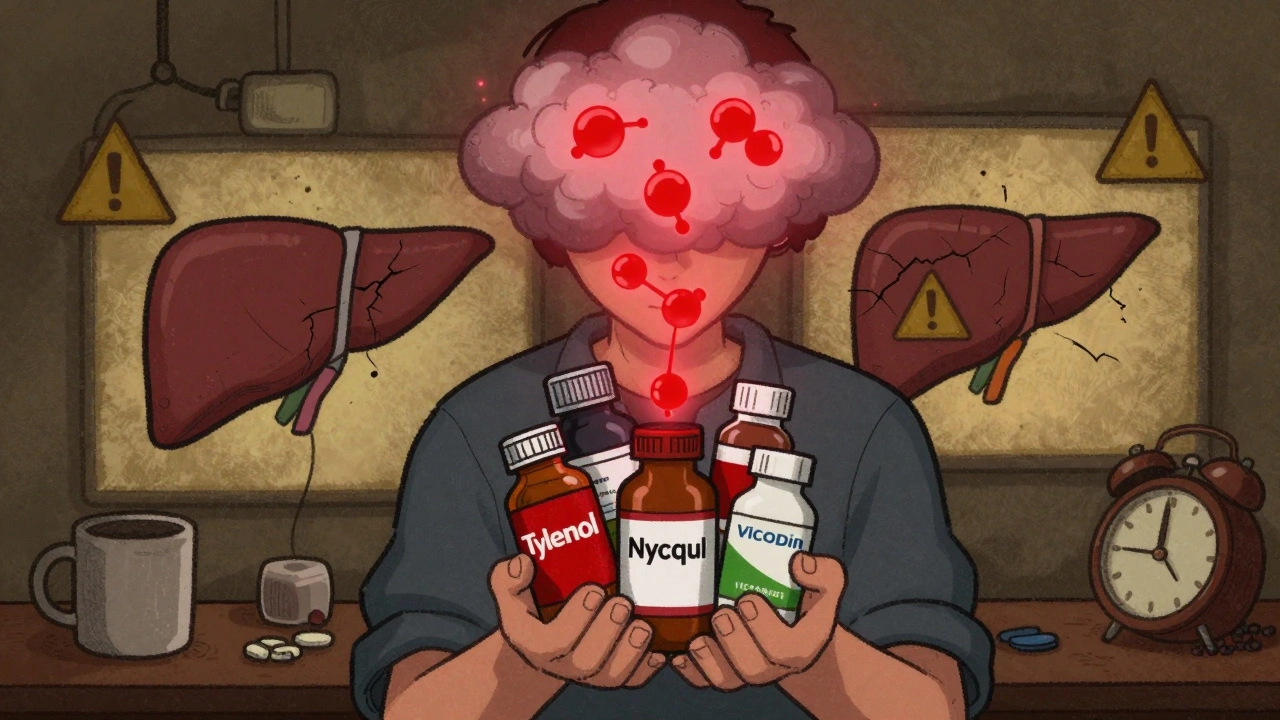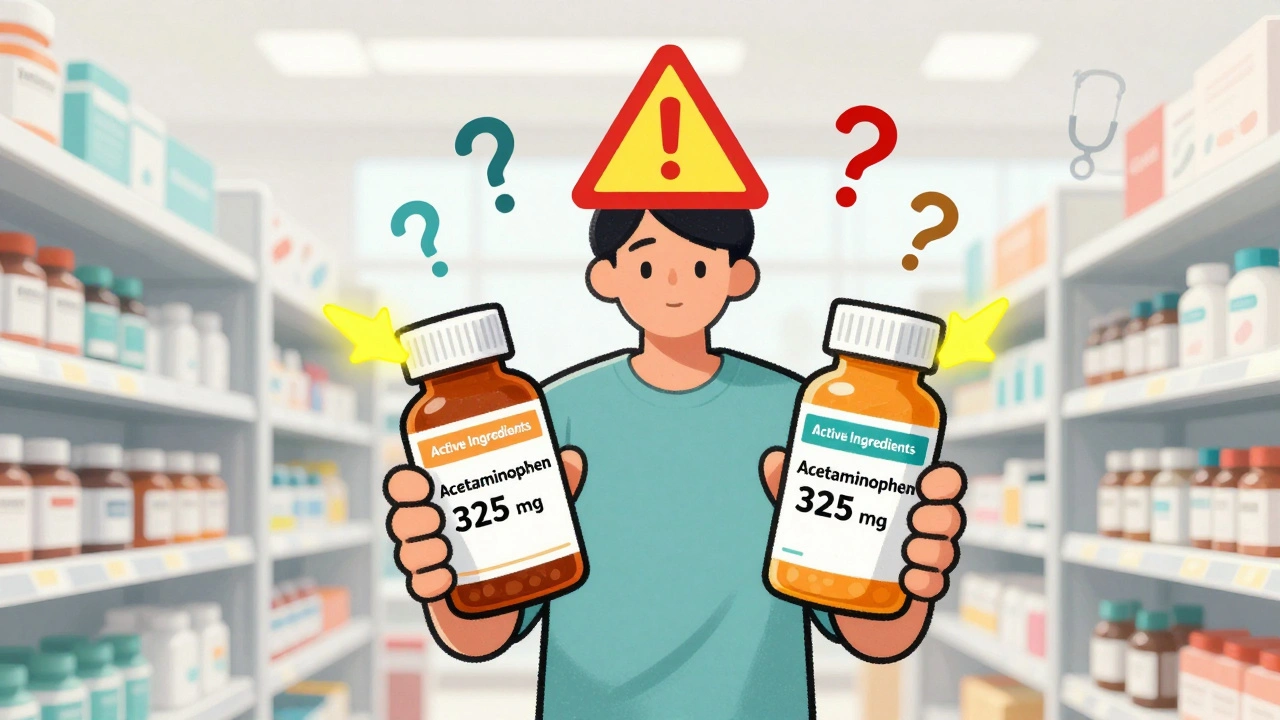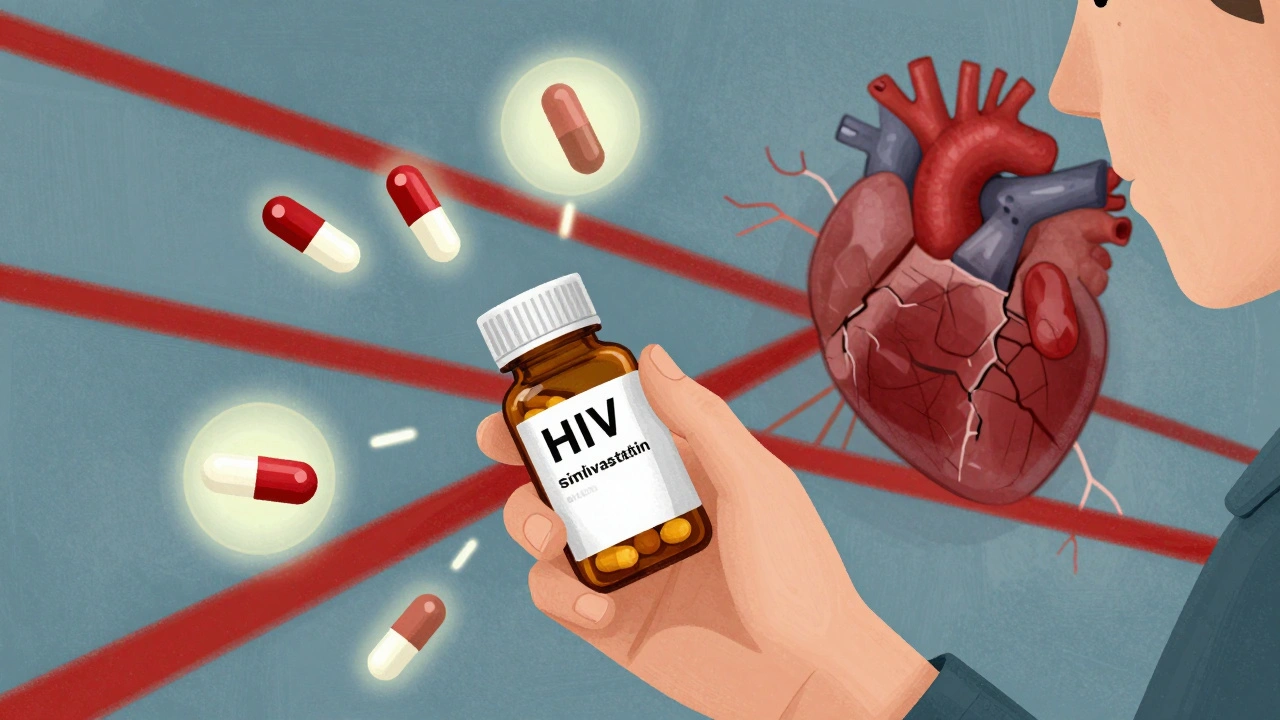PDE5 Inhibitors – How They Work, Options & What to Expect
When you hear the term PDE5 inhibitors, a class of medicines that block the enzyme phosphodiesterase‑5 to improve blood flow to the penis. Also called phosphodiesterase‑5 blockers, they are the go‑to treatment for erectile dysfunction, the condition where a man can’t get or keep an erection firm enough for sex. In plain language, these drugs help the body relax the smooth muscle in the penile arteries so more blood can rush in when you’re aroused. The chemistry behind it is simple: by inhibiting PDE5, the medication boosts cyclic‑GMP levels, which are the direct cause of the blood‑vessel dilation you need. Because of that mechanism, a doctor will usually prescribe a PDE5 inhibitor only after confirming you don’t have heart problems that could make sexual activity risky. The phrase “treats erectile dysfunction” is a staple in pharmacy chats, but what many people miss is that the same principle also helps with pulmonary hypertension in a few specialized formulations. Below you’ll see how this core idea forms the backbone of every article in our collection.
Major Brands and How They Differ
The most talked‑about member of the class is sildenafil, the original PDE5 inhibitor that launched the market in the late 1990s under the brand name Viagra. It kicks in within 30‑60 minutes, peaks around an hour, and lasts roughly four hours, making it a solid choice for occasional use. If you need something that sticks around longer, tadalafil, often marketed as Cialis, offers an impressive 36‑hour window. That extended period earned it the nickname “the weekend pill,” and it also has a daily low‑dose version for men who prefer a more spontaneous approach. Another contender, vardenafil (brand name Levitra), sits somewhere in the middle: faster onset than sildenafil but a slightly shorter duration than tadalafil. Each of these drugs shares the same core action—blocking PDE5—but they vary in how quickly they work, how long they stay active, and how they’re best taken (with or without food). Understanding these subtle differences helps you match a medication to your lifestyle, whether you plan a night out or just want a low‑maintenance option.
Safety is the final piece of the puzzle, and it ties back to the central idea that PDE5 inhibitors require a clear health picture before you start. Common side effects—headaches, facial flushing, or a mild upset stomach—are usually harmless and fade fast. However, the drugs can interact badly with nitrates (often prescribed for chest pain) and some blood‑pressure meds, leading to a dangerous drop in blood pressure. Men with certain heart conditions, recent strokes, or severe low‑blood‑pressure readings should steer clear or talk to a cardiologist first. In practice, a physician will weigh your cardiovascular health, current medications, and any prior eye issues before signing off on a prescription. Knowing these checks lets you avoid surprises and use the medication confidently. Our article lineup covers everything from choosing the right dosage to managing side effects, so you’ll have a roadmap that fits your personal health profile. Ready to explore the details? Dive into the posts below for deeper guidance on each drug, real‑world tips, and answers to the most common questions.
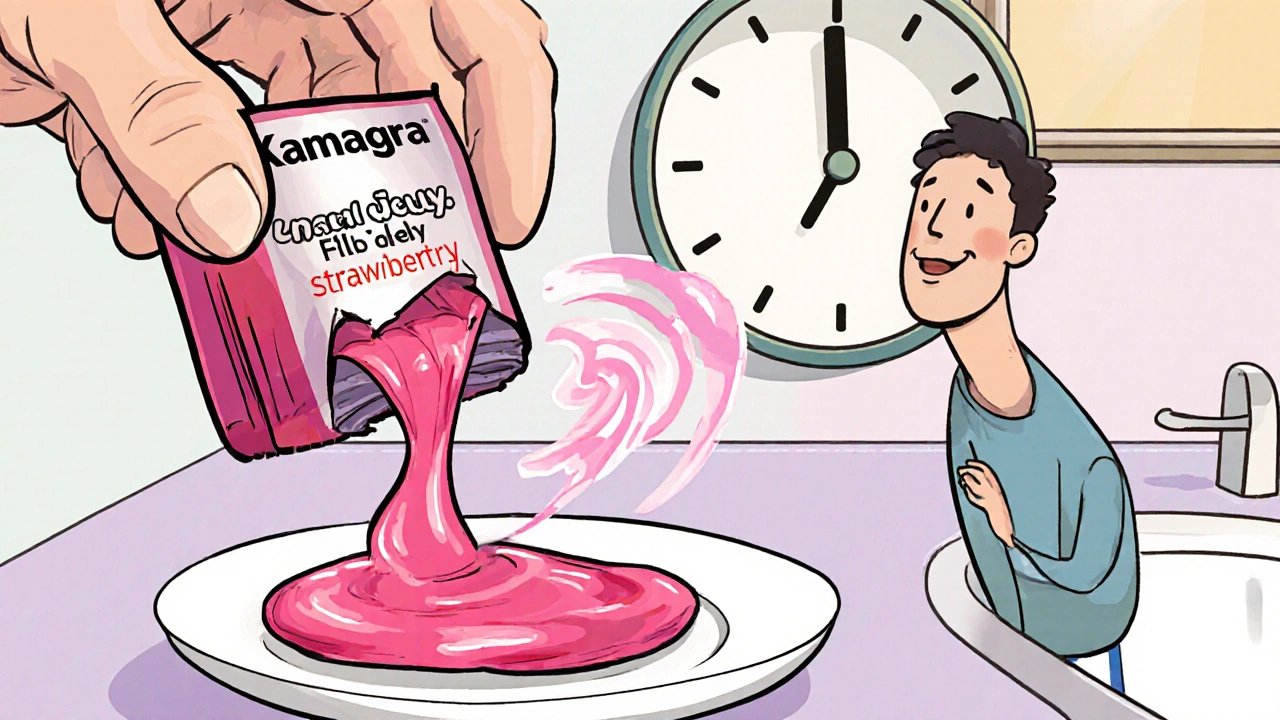
Kamagra Oral Jelly vs Other ED Drugs: In‑Depth Comparison
A clear side‑by‑side comparison of Kamagra Oral Jelly with Viagra, Cialis, Levitra, Stendra and natural alternatives, covering cost, onset, duration, safety and best‑fit scenarios.

